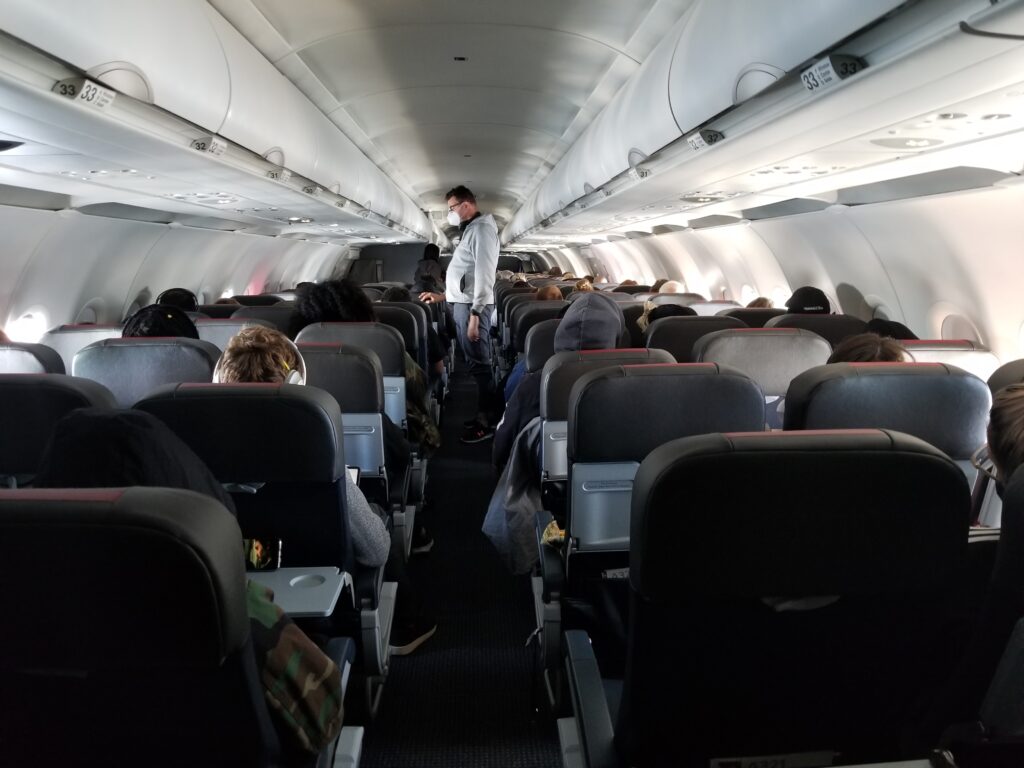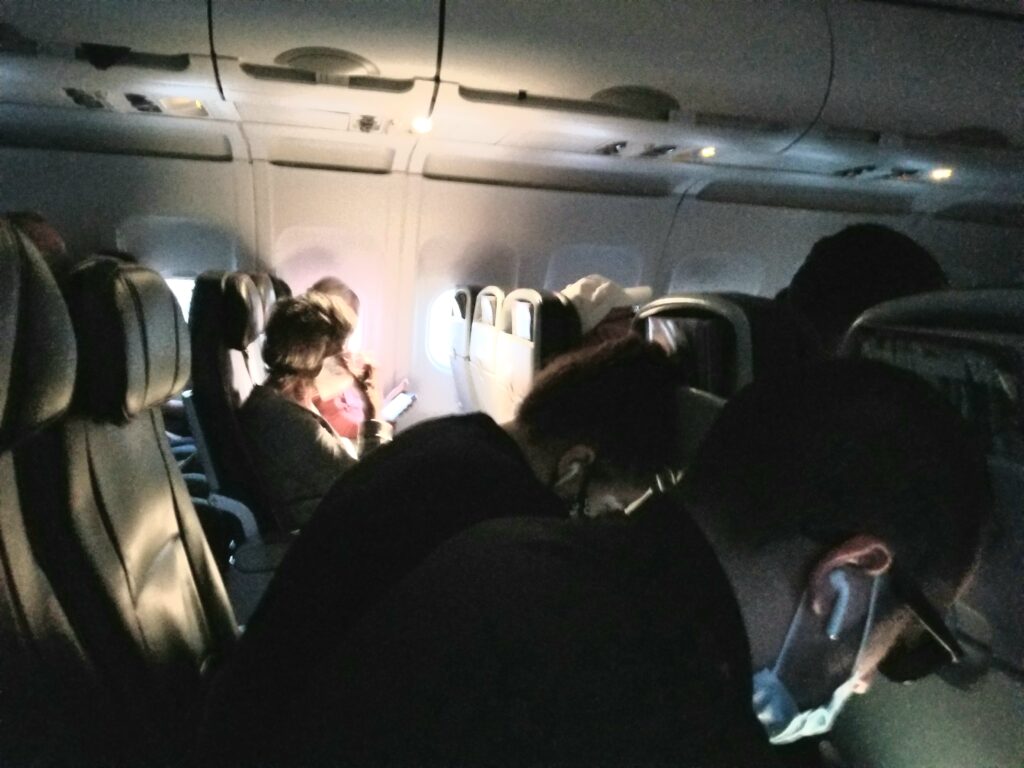 On this we should be clear, if we choose to fly the health risk is on us. Despite the sanitation theater now underway, from airport announcements and mandatory masks (more about that later) we are approaching the trailing edge of a pandemic. Much remains uncertain. The consequences following a foray through a busy airport or a flight on crowded airliner rest on the flyer.
On this we should be clear, if we choose to fly the health risk is on us. Despite the sanitation theater now underway, from airport announcements and mandatory masks (more about that later) we are approaching the trailing edge of a pandemic. Much remains uncertain. The consequences following a foray through a busy airport or a flight on crowded airliner rest on the flyer.
This conclusion is based on the obvious and the practical.
What’s obvious is that the Federal Aviation Administration (and regulators in other countries as well) have largely left the procedures for disinfection and sanitation for the airlines and airports to sort out for themselves.
What’s practical is, as I pointed out weeks ago, the chance of any sickened traveler successfully attributing an illness to an airline or airport is slim.
I recently flew cross country on flights of two legs each, two weeks apart.
On my way west in early May, I was one of just a few travelers. I strode through airports where social distancing was easily accomplished and sat on flights with empty rows all around. Comforting for me to be sure, fiercely worrisome for the airline transporting me, however.
By May 16th that had all changed.
As Ted Reed reported in Forbes on Wednesday, passenger numbers are up. I could see that on Saturday when I arrived at San Francisco International Airport and heard American Airline’s gate agents announcing that for travelers in 10 rows on the flight to Charlotte, the middle seat would be occupied. Passengers unhappy about that development were told they could shift to a flight to Dallas.
American spokesman Ross Feinstein told me, “We never said we were blocking 100% of middle seats,” adding that for the rest of May, “American will not assign 50% of main cabin middle seats or seats near flight attendant jump seats on every flight, and will only use those middle seats when necessary.”
Though there was no similar announcement in Charlotte, the second leg of my trip was also crowded. Less than two feet separated the masked faces of the three of us in my row. Out of courtesy or comfort, the gent sitting in the middle seat kept his head down increasing the distance between our faces by another 10 inches or so.

This kind of congestion prompts passengers to implore airlines to accommodate social distancing and airlines are having none of it. Industry advocacy groups like the International Air Transport Association and Airlines for America say their members are willing to go far, but they won’t touch social distancing with a ten-foot pole.
“Carriers have implemented a range of policies – including back-to-front boarding and adjusting food and beverage services – to help allow for distancing between people,” reads the press release from A4A.
IATA went further. It says wearing of masks, downward directed airflow over seats and air filtration systems eliminate the need for social distancing on the airplane.
In theory this seems reasonable. In reality it gets a little squishy. First, masks need to be removed for eating and drinking and even outside of those circumstances, discomfort prompts wearers to remove them from time to time.
Now we learn that Southwest will not deny boarding to those who choose not to cover their nose and mouth. Reuters reported last week that flight attendants on some carriers have been instructed to enforce the policy on boarding, but not to press it during flight.
A similar laxity seems to be in place at airports, judging from the number of maskless people I saw at Charlotte’s airport over the weekend.

Airlines and the airports that rely on them to survive have one goal at present, get people flying again. That can only be accomplished by overcoming the fear of proximity that is an intractable part of the experience.
Toward that end we see A4A’s turning the decline in passengers into a positive. “It is important to note that only 8.5 percent of U.S. airline flights are more than 70 percent full,” its Fly Healthy Fly Smart campaign points out.
The resurgence of travelers is not being well-served by the hodgepodge of practices at airports and airlines nor by the absence of government involvement in what sanitary air transport should look like. It leaves public health experts like Joseph Allen, a Harvard professor and the author of the recent Washington Post opinion piece Airplanes Don’t Make You Sick. Really., to provide guidance. In an appearance on MSNBC, Dr. Allen gave viewers the questions they ought to consider before flying.
“How necessary is it to take the risk? What is your risk tolerance? And also are you willing to follow the rules that are put in place?” There can be a slow and careful restart of air travel, the professor said but travelers have to be “hyper-vigilant” going through the airport, boarding and on the airplane.
So listen to Dr. Allen, or Hilary Godwin from the University of Washington, (whose advice I wrote about here) or anyone else who seems to know what they’re talking about and make your own decision knowing that right now, the risk of flying is on you.

Author of The New York Times bestseller, The Crash Detectives, I am also a journalist, public speaker and broadcaster specializing in aviation and travel.








